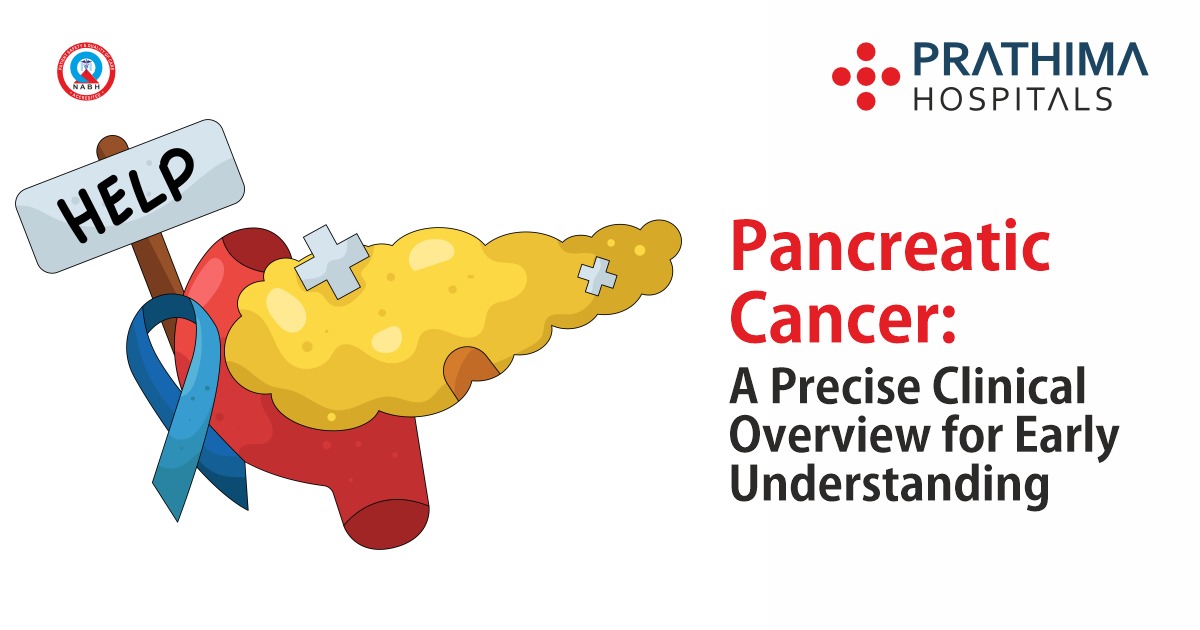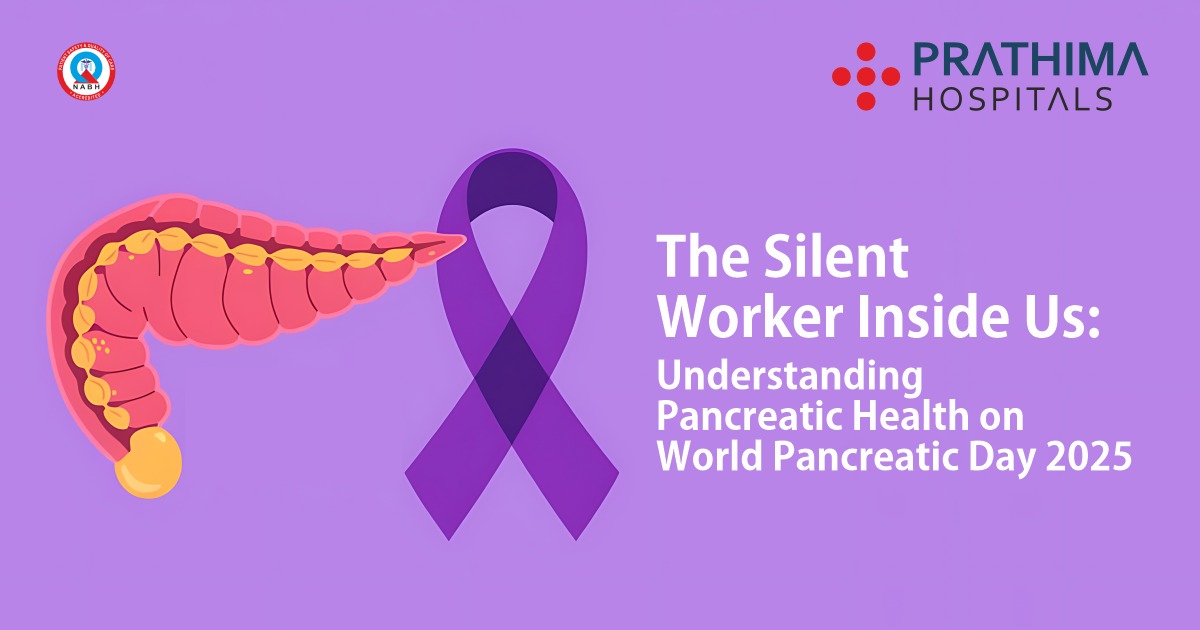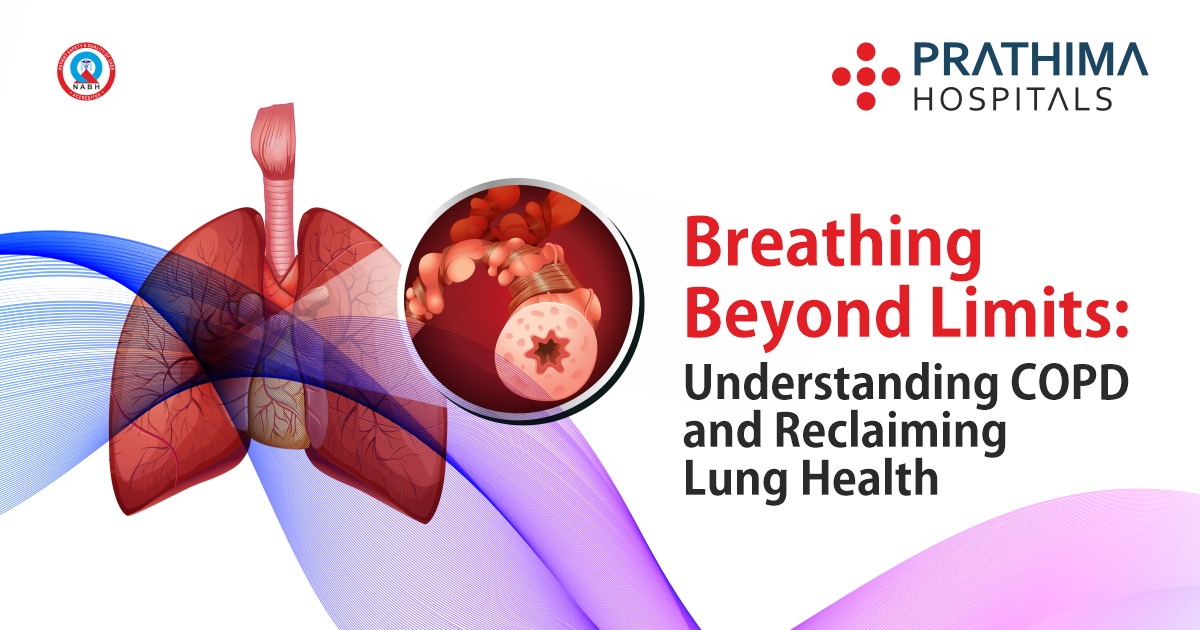Minimally Invasive Neuro Surgeries

NEUROSCIENCE
Neuroscience deals with the disorders that affect any portion of the nerves system and also deals with the brain, neural structure, peripheral nerves, and extra-cranial neural structure system. Our highly-skilled surgeons and neurosurgical team utilize innovative surgical techniques to perform adult and pediatric surgery ranging from skull-based treatment of lesions to complex spinal surgery and deep brain stimulation for movement disorder to intricate epilepsy surgery.
Many of these surgeries involve the technique of minimally invasive approaches in the brain and spine, often working collaboratively with surgeons from multidisciplinary services, to provide our patients with the most advanced treatment options in the department of neurology. Depending on your diagnosis, you may get treated from both surgical and non-surgical treatment methods. Our skilled team of neurologists and neurosurgeons can work with you to arrange a treatment arrange that’s in an effective and right for you. As with the advancement of technical and surgical procedures, minimally invasive techniques are preferred as it allows for shorter hospital stays and faster recoveries. Neurologist in Hyderabad.
PROCEDURES
Minimally invasive operations are used to perform through small incisions and openings much smaller than those created for traditional, open surgical procedures and to perform a procedure through such small incisions requires specialized instruments and technology through which minimally invasive surgery is performed. The neuroendoscopy is performed using an endoscope, a small telescope-like device equipped with a high-resolution video camera and eyepiece on the end to allow the neurosurgeon to navigate and access the tumor. To remove a tumor or take a sample of IA biopsy.
Neurosurgeons attach special instruments to the endoscope, often an additional endoscope with forceps and scissors on the end. The advantages of minimally invasive surgery over traditional open surgery include smaller incisions and openings, smaller scars, shorter hospital stays after surgery, faster recovery from surgery, less cutting of muscles and soft tissues, reduced risk of infection and other complications often, less pain after surgery. Also, some conditions that are not treatable with traditional surgery can now are treated with minimally invasive surgery which means that patients can return to their normal lives and activities more quickly without compromising the safety or effectiveness of treatment. In neuroscience the procedures we used are: “Best Neuro Hospital in Hyderabad”
Endoscope:
In endoscopy, a small thin flexible tube attached with a light and a camera at the tip of the instrument is used. The neurosurgeon inserts the endoscope through a small surgical opening, and the endoscope transmits video images of the soft tissues and other structures inside the body to a large monitor in the operating room.
High-powered operating microscope:
A microscope is positioned over the surgical space and provides the brain surgeon with an extremely magnified, brightly illuminated view of the surgical area.
Fluoroscopy:
This technique produces X-ray images in real-time, similar to a video X-ray, and the images are displayed on a monitor in the operating room for the neurosurgeon to see.
Computer-assisted navigation system:
In a computer-assisted navigation system, it incorporates computer technology and brain imaging to produce three-dimensional (3D) models of the brain. The surgeon uses these models to arrange the optimal surgical route and navigate safely to the target area.
The success of minimally invasive surgery relies on the neurosurgeon’s skill and the use of highly sophisticated instruments and technology to aid in this procedure which are listed below used in these techniques such as: “Neurologist in Kachiguda”
Intracranial Surgery:
In intracranial surgery endoscopes are used and this equipment use to inserts into the brain through very small skull openings, following which tiny instruments may be placed through the same to operate surgical treatment through the endoscopic where we use to operate on tumor biopsy, colloid cyst resection, and endoscopic cyst fenestration, as well as to treat hydrocephalus. Operations will last from about quarter-hour to associate hour, and patients are typically discharged the next day from the hospital.
Endonasal Neurosurgery:
Endonasal neurosurgery is frequently performed to treat a range of conditions are mostly operate through the nose which included among which are pituitary tumors, meningioma’s, and chordomas. The surgeon can use the endoscope in different areas, which allows the treatment of brain tumors in different locations. The operating surgeon may also direct the endoscope downward and clearly see the surface and also the back of the throat to control the top of the spine and base of the skull. Patients are typically discharged between two and four days after surgery, depending on the size of the tumor and overall functioning.
Aneurysms Treatment:
Intracranial aneurysms in which we can examine the ruptured or un-ruptured are been treated with the corporation of patients and doctors. Traditionally the head had to be surgically operated to treat the aneurysms but, with the evolution of Interventional neurology, aneurysms can be treated without open surgery. Minimally invasive endovascular coiling has revolutionized the treatment of aneurysms and now the mainstay for treatment of brain aneurysms and these can be treated by well qualified Interventional Neurologists.
Arterio-venous malformations embolization:
Arteriovenous malformations (AVM) and Arterio-venous (AV) fistulas are abnormal blood vessels with altered or impaired blood flow through them. They can affect the brain or the spinal cord. These lesions can cause hemorrhage, weakness, seizures (fits) and even prolonged headaches. With the advent of endovascular procedures, these lesions can be treated without open head surgery.
Spinal Surgery:
Spinal surgery might also be performed endoscopically for a variety of conditions affecting the spine, as well as lumbar and pectoral hernias, chronic back pain, and compression fractures, among others. Procedures for the correction of these conditions include video-assisted transthoracic surgery, computer-assisted lumbar fusion, and lumbar discectomy. These may be performed under local or general anesthesia and patients often go home in as little as one day after the procedure.
Other Minimally invasive procedures for aneurysm treatment
In some cases, specialized devices like flow diverters or intracranial stent s are needed to treat the aneurysm. These devices are placed through the minimally invasive approach and ensure complete cure.
List of Surgeries can be performed under MIS
Neurology plays a key role not only in diagnosis and treatment through the post and pre-operative phase of neurosurgery for this, neurologists work with you to determine the disease, they find and suggest you the best way to significantly reduce your symptoms and disease through minimally invasive surgery. Minimally invasive surgical approaches can be faster, safer and require less recovery time all these because of the reduced trauma to the muscles and soft tissues when compared to open procedures. The list of surgeries can be performed under minimally invasive surgery are:
-
- Vascular Surgery
- Stereotactic Surgery
- Stereotactic Radiosurgery
- Micro-neurosurgery
- Epilepsy surgery
- Trigeminal Neuralgia
- Management of serious neuropathies
- Spine Surgery
- Minimally Invasive Spine Surgery
- Intensive Trauma Management
- Deep Brain Stimulation
- Craniofacial Resection for advanced cancer
- Image-Guided Surgery
- Intra-arterial Thrombolytic Therapy for Acute Ischemic Stroke
- Transcranial magnetic stimulation
- Discectomy
- Radiation therapy
Expertise:
Prathima Hospitals Expertise in neurosurgery, psychiatry, psychology, pain management, physical medicine, chiropractic, and rehabilitation which are all co-related to the neuroscience as with the advancement of technical and surgical procedures, minimally invasive techniques are preferred as it allows for shorter hospital stays and faster recoveries and our expertise are:
-
- Interventional Radiology
- Neuro Anaesthesia
- Stenosis, cervical stenosis
- Disc injuries – hernia, bulge disc, slipped disc
- Trauma and accidents
- Movement Disorders, including Parkinson’s disease
- Stroke
- Epilepsy- absence seizure, febrile seizure, tonic-clonic seizure
- Peripheral neuropathy
- Alzheimer’s disease, dementia
- Neuralgia – Postherpetic neuralgia, occipital neuralgia
- Acoustic neuroma
- Neuropathy – Peripheral neuropathy, diabetic neuropathy, alcoholic neuropathy, small fiber neuropathy, entrapment neuropathy, neuropathic pain
- NeuroPlastic Surgery
- Neuro Intensive Care
- Neuro Rehabilitation
- Spondylosis
- Radiculopathy – cervical radiculopathy, lumbar radiculopathy, thoracic radiculopathy
- Brain AV malformation
At our Prathima hospitals, our Neurosurgeons work in an interdisciplinary way, that brings together the Neuroscience department under one roof such as neurologists, Neuro-radiologists, and a dedicated Neuro anesthesia team. The Neurosurgery department has neurosurgeons that treat a full range of neurological disorders as our neurosurgeons have access to the latest technology for all neurological surgical procedures and are well skilled trained professions will treat you by giving assurance of safe and faster recovery. Neurologist in Kphb.
Minimally invasive surgical approaches can be safer because of the reduced trauma to the muscles and soft tissues when it compared to the traditional open procedures as they have potential benefits and our experienced team will work with you to develop a treatment plan that’s right for you and assure you for your faster recovery and lifelong well-being and develop a treatment plan according to your health conditions such as for epilepsy, neuropathy, migraines and many more neurological problems. All these can be curable at our Prathima hospitals as your health is our responsibility, so just trust Prathima when you think of Neuro health problems.






Warning: Undefined variable $req in /home/u885608126/domains/prathimahospitals.com/public_html/wp-content/themes/prathimahospitals/functions.php on line 294
Warning: Undefined variable $commenter in /home/u885608126/domains/prathimahospitals.com/public_html/wp-content/themes/prathimahospitals/functions.php on line 295
Warning: Trying to access array offset on value of type null in /home/u885608126/domains/prathimahospitals.com/public_html/wp-content/themes/prathimahospitals/functions.php on line 295
Warning: Undefined variable $aria_req in /home/u885608126/domains/prathimahospitals.com/public_html/wp-content/themes/prathimahospitals/functions.php on line 295
Warning: Undefined variable $req in /home/u885608126/domains/prathimahospitals.com/public_html/wp-content/themes/prathimahospitals/functions.php on line 298
Warning: Undefined variable $commenter in /home/u885608126/domains/prathimahospitals.com/public_html/wp-content/themes/prathimahospitals/functions.php on line 299
Warning: Trying to access array offset on value of type null in /home/u885608126/domains/prathimahospitals.com/public_html/wp-content/themes/prathimahospitals/functions.php on line 299
Warning: Undefined variable $aria_req in /home/u885608126/domains/prathimahospitals.com/public_html/wp-content/themes/prathimahospitals/functions.php on line 300
Warning: Undefined variable $commenter in /home/u885608126/domains/prathimahospitals.com/public_html/wp-content/themes/prathimahospitals/functions.php on line 303
Warning: Trying to access array offset on value of type null in /home/u885608126/domains/prathimahospitals.com/public_html/wp-content/themes/prathimahospitals/functions.php on line 303